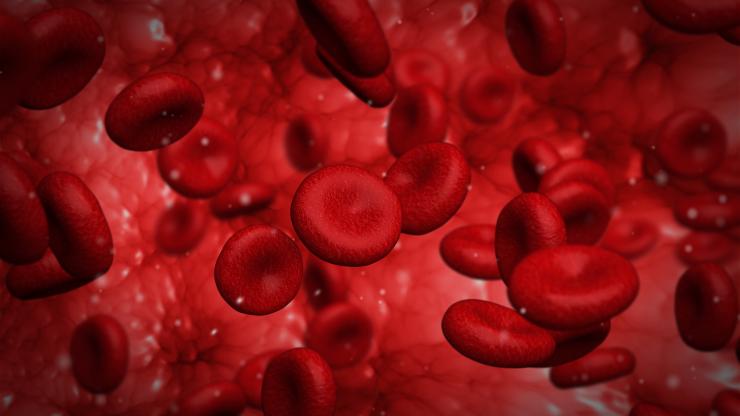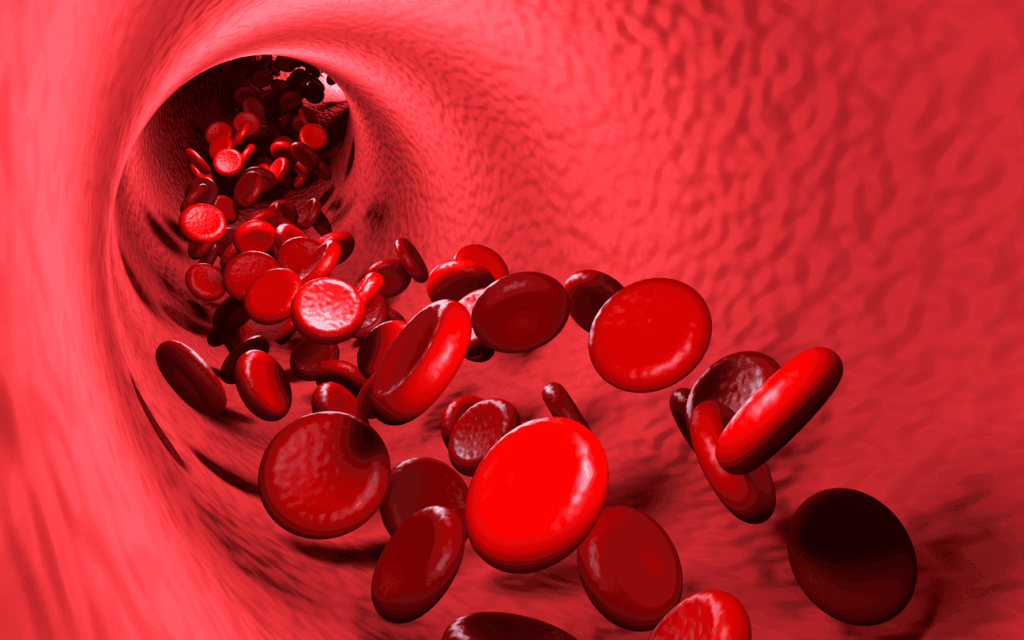Red, raw and aching. That’s how most people feel after a long, challenging day in the office or factory. Hopefully, those feelings don’t extend to your hands and arms after working with bloodborne pathogens. However, that could happen if you fail to take precautions when handling bodily fluids from patients or animals.
Fortunately, these guidelines are simple to remember: ABCDE. If you work with bloodborne pathogens, it will help keep you safe if an accident happens. Let’s look at what they stand for, why they matter, and the best practices for bloodborne pathogens training to stay healthy and safe at work.
What are bloodborne pathogens?
Bloodborne pathogens are germs passed from person to person through blood. They’re usually contracted through occupational exposure to human blood — such as when a doctor draws blood, a nurse treats an infectious patient, or a police officer collects evidence from a bloody crime scene. Bloodborne pathogens include HIV, hepatitis B and C, and other infectious diseases.
Bloodborne pathogens can be found in blood, fluids containing blood, and other bodily substances that may contain blood, such as semen, vaginal fluids, and breast milk. Bloodborne pathogens are present in tiny amounts in nearly all human blood—even if the person infected doesn’t have any signs or symptoms.
What is the risk of exposure to bloodborne pathogens?
As you can see above, bloodborne pathogens can be found in blood, fluids containing blood, and other bodily substances that may contain blood. It can be hard to avoid contact with blood and bodily fluids, which is why it’s so important to follow protocols when dealing with them. If exposed to someone else’s blood or bodily fluids, you may be at risk of contracting a bloodborne disease.
The likelihood of contracting a bloodborne disease depends on your risk of exposure, the amount of blood or bodily fluid you are exposed to, and the type of bloodborne pathogen present. But even if you are at low risk of exposure, you should follow bloodborne pathogen protocols because even a tiny amount of exposure can be dangerous for some people.

Why is adhering to a bloodborne pathogen protocol necessary?
Blood and bodily fluids transmit bloodborne pathogens and are not limited to a particular body area. If blood and bodily fluids come in contact with an open wound, broken skin, eyes, nose, mouth, or an area that is likely to come into contact with these fluids, it can cause infection.
Healthcare professionals are at risk if they do not follow the proper protocol for dealing with blood and bodily fluids. This is because you can become infected with the bloodborne pathogens of your patients and others. Additionally, you may injure yourself by contacting blood or bodily fluids.
Even if you don’t become infected, you may contract an infection on your skin or your eyes. Working with bloodborne pathogens can be very challenging. Even when working with someone not infected with a bloodborne pathogen, there is a risk of exposure through broken skin, splashes or sprays of blood, or the splash of other bodily fluids.
Which Hazards Must Be Abated?
The bloodborne pathogen hazard must be abated if blood and bodily fluids are present. This means getting rid of the blood and bodily fluids, so they are not a source of infection. This is crucial because bloodborne pathogens can live outside the body. This means they can be transmitted to others through blood and bodily fluids. Therefore, they must be removed to protect workers exposed to them.
It is important to remember that blood and bodily fluids can transmit bloodborne pathogens even if the person who produced them is not infected. Therefore, getting rid of the blood and bodily fluids as soon as possible is vital to prevent transmission.
Which Engineering Controls Should Be Utilized?
Bloodborne pathogens are present in the environment, and there is no way to eliminate them in the work environment altogether. However, you can reduce your risk of being infected by working at a distance from the source of the bloodborne pathogens. This is determined by how significant the source is. There are three levels for working with bloodborne pathogens: If you are at risk of exposure to bloodborne pathogens, you must take precautions to protect yourself.
This may mean placing yourself a distance away from the source of the pathogens. You can also reduce the risk of exposure by using barriers, such as gloves, goggles, face shields, or other protective equipment.
Which Personal Protective Equipment should be used?
Suppose the bloodborne pathogens are present in a large enough amount to require personal protective equipment (PPE). In that case, you must wear the following:
Gloves – The essential part of any bloodborne pathogen handling protocol is to wear gloves when handling blood or bodily fluids. This is the only way to prevent you from contacting the blood directly.
Goggles or face shield – Use goggles or a face shield to protect your eyes from splashes of blood or other bodily fluids. PPE is not 100% effective. Therefore, if you are required to wear PPE, you must still follow the distance recommendations listed above.
PPE is not a substitute for following the proper protocol for working with bloodborne pathogens. Follow the protocol to ensure your PPE is working correctly.
Conclusion
Bloodborne pathogens are found in human blood and other bodily fluids, such as semen and vaginal fluids. This means you can become infected if you come into contact with blood or bodily fluids.
If blood or bodily fluids get into an open wound, broken skin, the eyes, nose, mouth, or any other place that is likely to come into contact with the fluids, they can cause infection. Bloodborne pathogens are present in the environment, and there is no way to get rid of them completely.
However, following a bloodborne pathogen protocol can reduce your risk of being infected. This means reducing your risk of exposure to bloodborne pathogens and following the proper precautions.






